4 Counter Memorials and Monuments
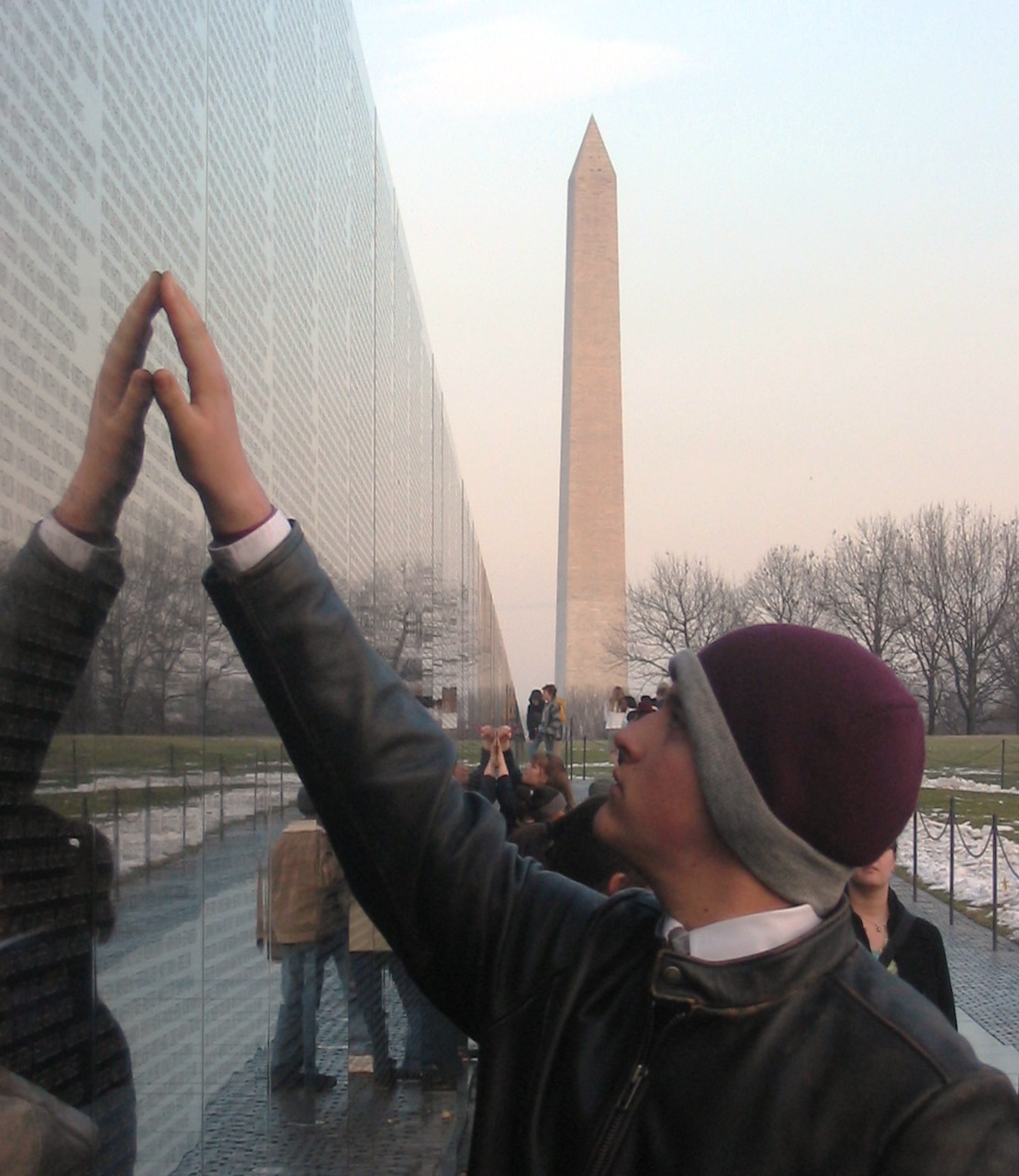
Introduction
This chapter explores counter memorials, sometimes also known as anti-memorials. Many memorials – particularly those built before the 1980s – offer a sanitised and simplified view of history that celebrates the nation state as a benign and positive force. They are typically affirmative in the sense that they glorify an event or person or celebrate and reinforce an ideology.
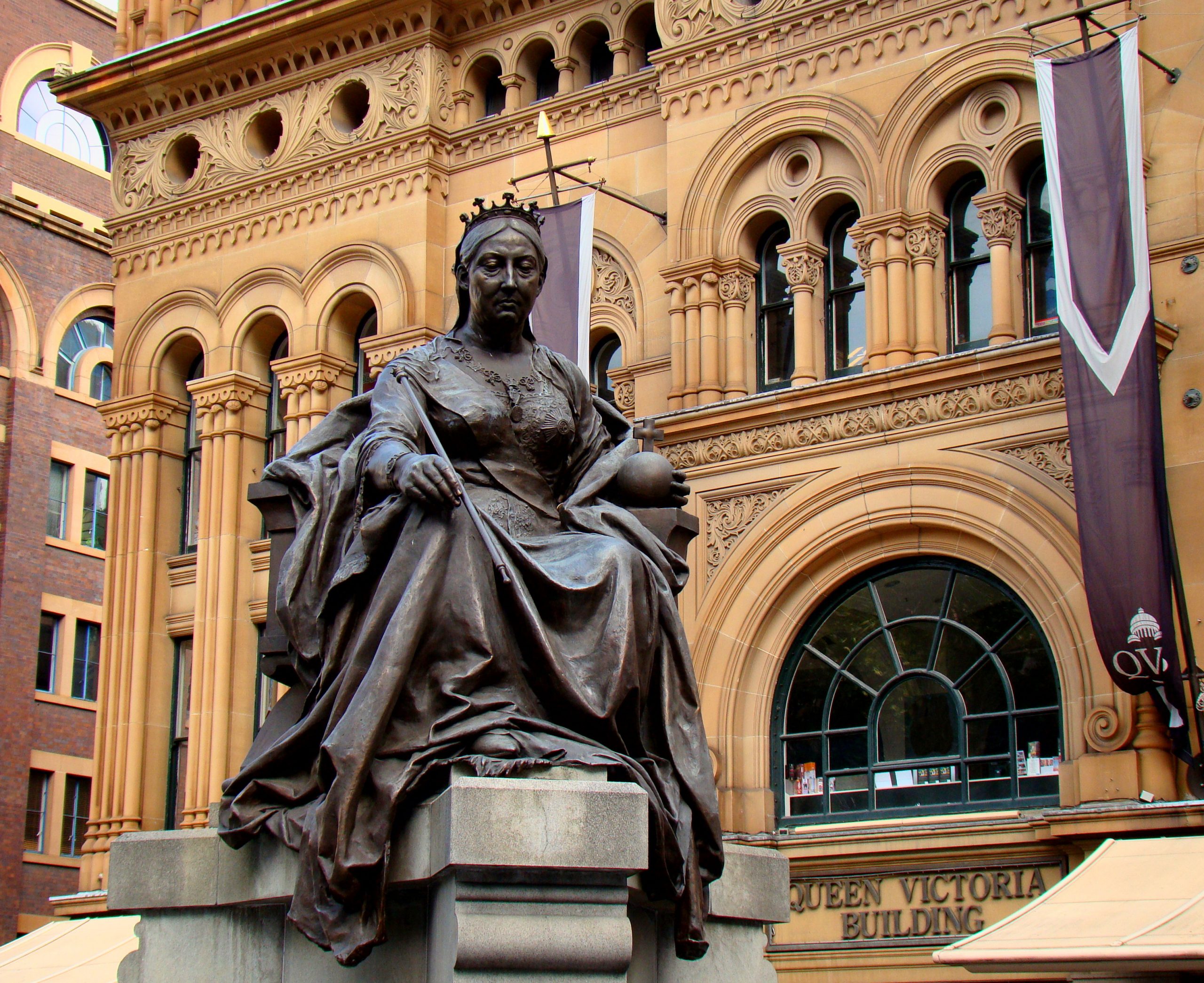
In contrast, anti-monumental works generally recognise darker events, such as the Holocaust, or the more troubling side of an event that in other times might have been glorified, such as a war. They may warn of the evils of an ideology, such as fascism or racism. Whereas traditional monuments recognise famous figures or the heroism of unknown soldiers, a growing number of anti-monumental works recognise the suffering victims of conflict or persecution and admonish the perpetrators (Stevens, Franck, & Fazakerley, 2012).
Stimulus Idea
Memorials raise complex questions about which history we choose to remember. If a memorial cannot tell the whole story, then what part of the story, or whose story, does it tell? Whose memories, whose point of view, and whose values and perspectives will be represented? Memorials must also respond to the question: Why should we remember? Writing about memorials in Germany, Ian Buruma distinguishes between a Denkmal, a monument built to glorify a leader, an event, or the nation as a whole, and a Mahnmal, a ‘monument of warning’.
Read a visual essay about Holocaust memorials and monuments.
Counter memorials and monuments emerged in postwar West Germany during the 1980s. They seek to challenge dominant historical narratives by presenting equally valid, yet often marginalised perspectives, such as the controversial 1913 Explorers’ Monument in Fremantle, Western Australia, which had a plaque included in 1994 to provide the Indigenous perspective on the event depicted (Scates, 2017). In contrast to traditional memorials or monuments that glorify an event, a person or affirm an ideology, a counter memorial or monument recognises the less celebratory events in a nation’s history (Stevens, et al., 2018). In contrast, traditional war memorials and monuments have been widely criticised as ‘nation-building, exclusionary, sexist and militaristic’ (Strakosch, 2010, p. 270). A counter memorial or monument seeks to disrupt dominant historical narratives, provide a voice for those whose stories have been marginalised or excluded, and enhance awareness and understanding of the historical event that is being commemorated.
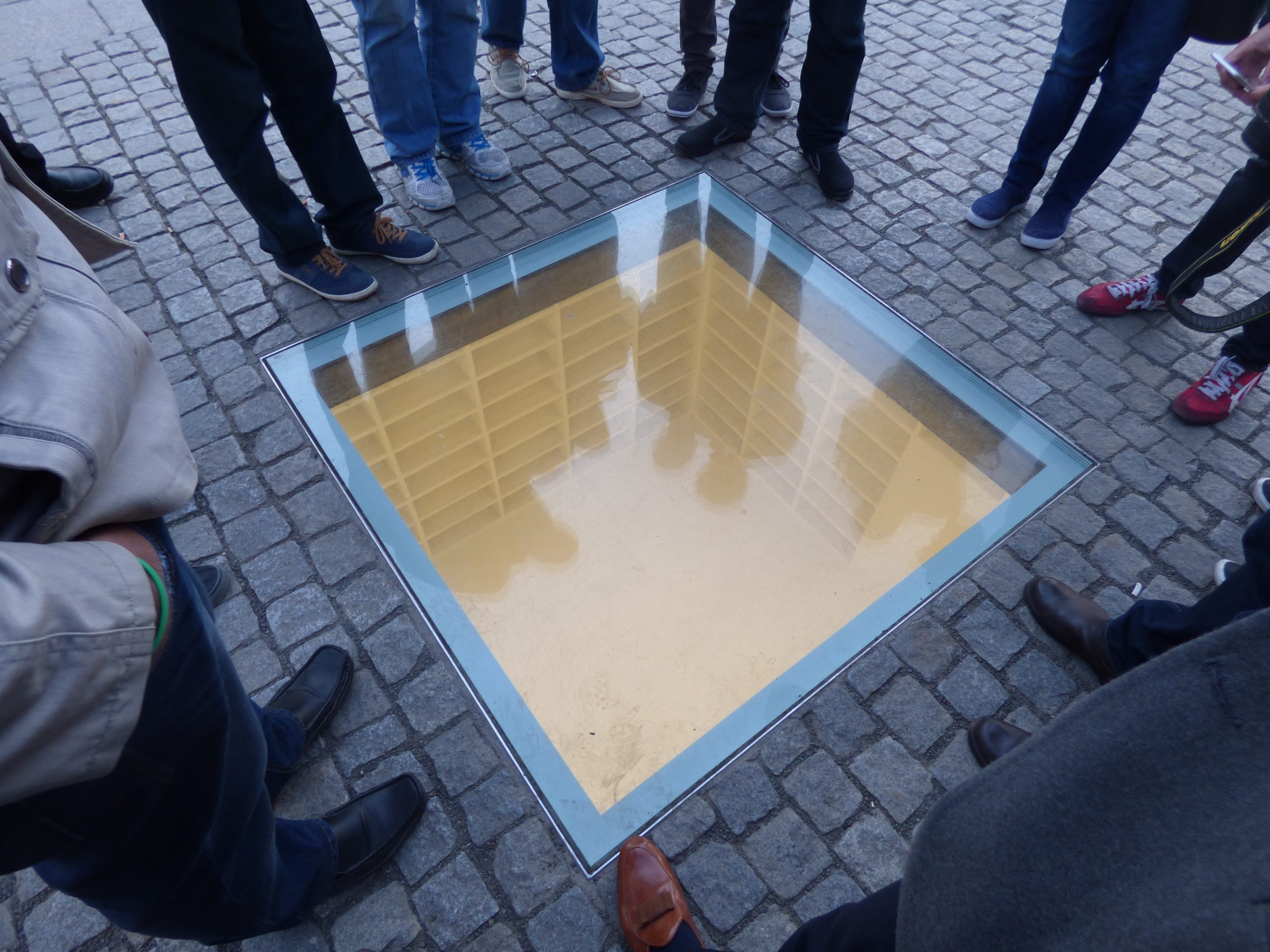
The more contentious the event commemorated, it appears, the more abstract and symbolic the counter memorial or monument becomes (See Figure 4.3). This leaves lay audiences unable to understand and ‘read’ either the purpose for this commemorative site or the aesthetic devices that have been chosen. Without an understanding of the visual elements or the inherent meaning counter monuments or memorials can struggle to operate at either a literal or artistic level. These commemorative sites are a constant and public visual reminder of lesser-known stories of Australian History. Similarly to traditional memorials which encompass semiotic complexity and ‘embed codes of sacrifice, national identity and loss’ (Allen, 2016, p. 18), non-traditional or counter memorials and monuments also utilise key semiotic elements – however how they do this is not widely understood (Kerby, et al., 2019). The placement of counter memorials and monuments in public spaces and the official imprimatur that this positioning gives them creates an inherent tension but also allows them to function as a ‘public noticeboard’ (Auster, 1997). A guide to assist viewers in ‘decoding’ the semiotic language that is used by artists, designers and architects of counter memorials can be found in Chapter 2.
Frontier Wars
The Frontier Wars were fought on the Australian frontier between 1788 and 1928. They led to the death of 22,000 people – 20,000 of them Aboriginal and Torres Strait Islanders killed either in official or non-official actions. Raymond Evans and Robert Ørsted-Jensen (2014) argue the real number of Aboriginal and Torres Strait Islanders killed may be in excess of 65,000 in Queensland alone. As Henry Reynolds (2013) observes, it was ‘one of the few significant wars in Australian history and arguably the single most important one. For Indigenous Australia, it was their Great War’ (Reynolds, 2018, p. 248). The proof that the conflict was indeed a war is both extensive and compelling, ranging from material held in archives in major cultural institutions in Australia and Great Britain to oral histories in Indigenous communities. They describe, often with a ‘disturbing candour … violence [which] was very widespread, well-orchestrated and committed continent-wide from occupation until far into the 20th century’ (Daley, 2014). Such was the extent of the violence, and the degree of official agency, that there is a compelling case for it to be considered genocide (Richards, 2008). Whether or not it constitutes state sanctioned genocide or ‘societally-led genocide’, there was as Palmer (2000) argues considerable public support for a policy of extermination.
Video 4.1: The art of forgetting, Australians and their history
Video 4.2: The Frontier Wars: Australia’s forgotten conflicts
Video 4.3: A conspiracy of silence, Qld’s frontier killing times
Video 4.4: Australian Frontier Wars: Keith Windschuttle and Henry Reynolds on Lateline
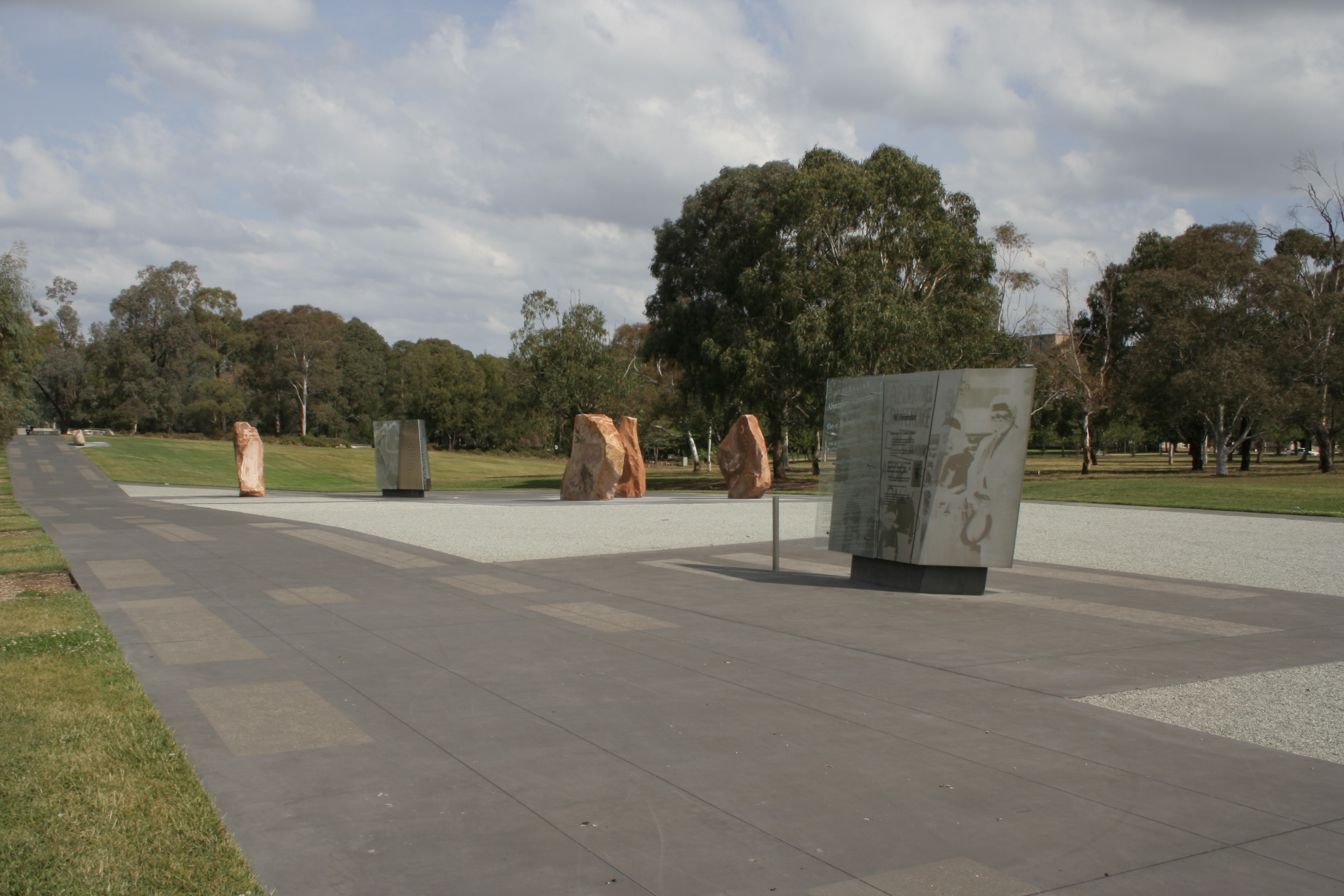
Visual analysis – Reconciliation Place, Canberra
The National Capital Authority website provides background information about Reconciliation Place (Figure 4.4.), including a description of each of the 17 artworks which from part of this memorial. A national design competition was launched for the Reconciliation Place memorial with 36 entries received. The winning design team was:
- Architect: Kringas Architecture
- Indigenous Cultural Advisor: Sharon Payne
- Exhibit Design Consultant: Alan Vogt
- Architectural Assistants: Amy Leenderes, Agi Calka and Cath Eliot
It was a requirement of the design competition that an Aboriginal or Torres Strait Island person formed part of the design team. There are regularly scheduled public guided walks of this site.
Complete the following sections of this visual analysis based on your personal research of this memorial:
- Subject
- Form
- Site
- Historical context
Think-Pair-Share strategy
Video 4.5: Think, Pair, Share
https://www.youtube.com/watch?v=KAPyC-NrUS8
Think-Pair-Share is a collaborative learning strategy that is effective with students of any age. With this teaching technique, teachers give their students an assignment. They then ask their students to think about it themselves, then work with a partner to discuss the assignment. In the end, students share their findings with the rest of the class.
Benefits of Think-Pair-Share
Think-Pair-Share engages students in learning by becoming active participants in the lesson. But there are many other benefits to using this strategy. Think-Pair-Share:
- is flexible enough to work across subjects including math, science, reading, history and more
- allows students who are too shy to speak up in class the opportunity to participate and respond to the question or assignment
- builds oral communication skills
- improves comprehension of the material
- requires minimal additional prep work by the teacher
- adds variety to your teaching methods to help students who don’t learn as well with other methods
- teaches students to think about their ideas before speaking them out loud
- broadens the answers received and promotes discussion
Learn more about the benefits of Think-Pair-Share, as well as how to use it in the classroom.
Activity
Use Think-Pair-Share to answer the following questions:
- Why do people build memorials?
- What memorials are you familiar with in your local community?
- Where are they located and what does that say about whose story they tell?
- Who is left out of this story?
- Are the monuments literal representations of people or things or are they abstract?
- Do they have an impact on you? Why or why not?
- Do they look like memorials that you have seen in other towns and cities or on television? How are they similar? How are they different?
- Are some events too horrible to be commemorated by a memorial in a public space?
- Should memorials always be a commemoration or celebration of something?
Gallery walk
A gallery walk engages students in the feedback and reflection process. Learners and teachers collaborate to develop success criteria for a piece of work, then co-develop strategies for offering constructive peer feedback.
Learners produce a piece of work then display their work for their peers to view. All learners review the work of all their peers, then offer constructive and respectful feedback using the strategies and success criteria established at the beginning of the task.
Finally, learners return to their own work, reflect on the feedback of their peers and revise their work accordingly.
Gallery walks are easily adaptable to learning from home as students’ collaboration when using the strategy relies upon written, rather than verbal, communication. Digital whiteboards enable learners to comment on one another’s work while remaining physically separate.
A slower approach to this activity would enable feedback and reflection without the use of digital tools, if teachers are able to collect hard copies of student work and redistribute them to their peers for feedback.
Activity
You have been asked by the Australian Government to design a memorial for inclusion on Anzac Parade in Canberra. You have complete control over the project. Your first task is to familiarise yourself with the memorials already sited on the Parade.
Discover how to conduct a self-guided walking tour of Anzac Parade.
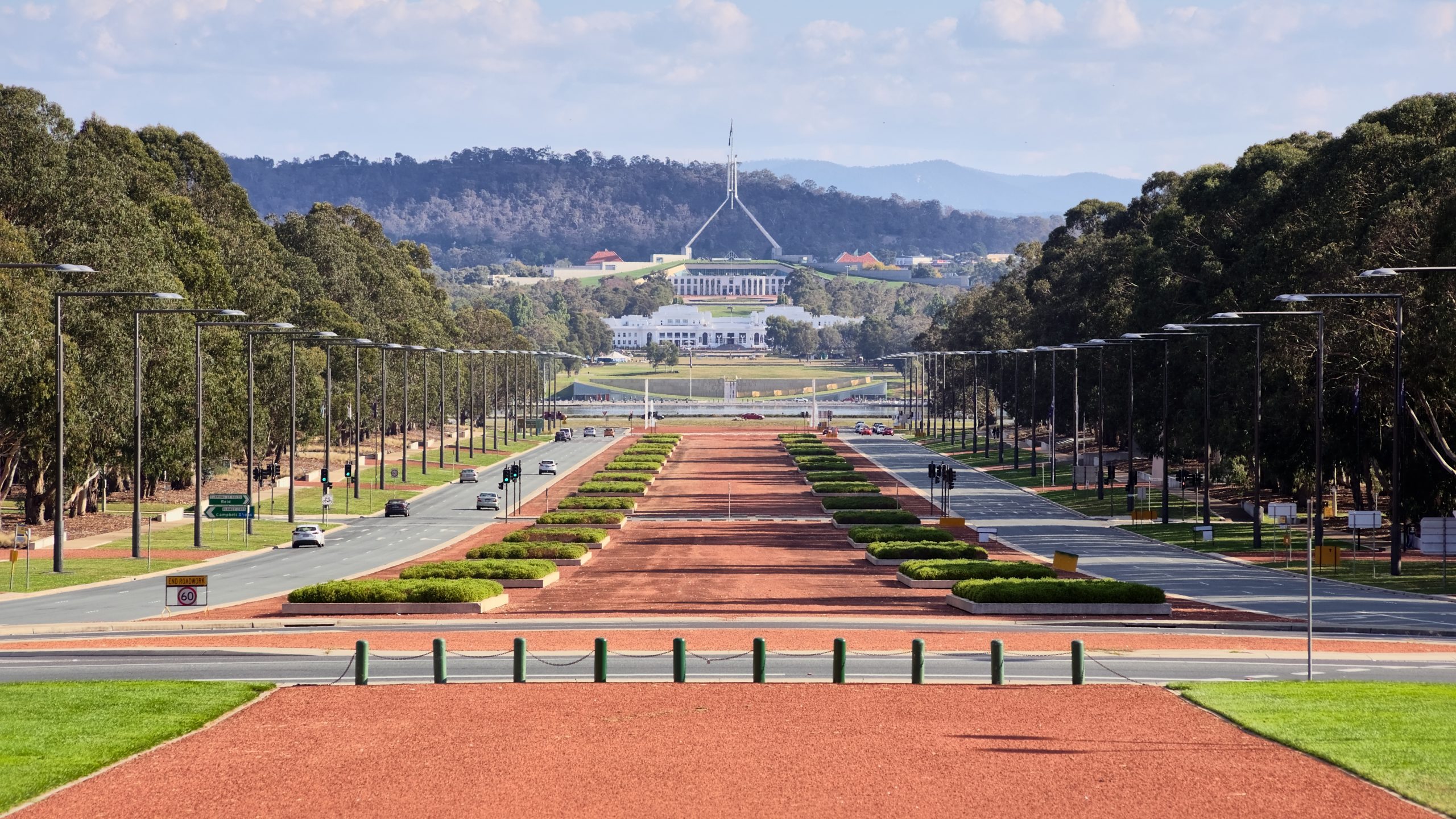
As designer, you will need to answer the following questions:
- Will it be a Denkmal (monument) or a Mahnmal (memorial)?
- What is the main audience for your memorial?
- What ideological statement will you try to make?
- What will you name your memorial?
- What material, symbols, imagery or words will you use to communicate your ideas? Your visual vocabulary can include considerations such as shape, mass, material, imagery, location, words, names or dates. The first decision will be whether the memorial will be literal or abstract.
- What memorials have influenced your design decisions? Look at some other examples of counter memorials such as the Vietnam Veterans Memorial in Washington DC (Figure 4.1) or ones commemorating the Holocaust.
What next?
- Once you’ve made your design decisions, draw a sketch on paper or on the computer, or build a model of your memorial
- Prepare and deliver a 3 minute multimodal presentation explaining your design decisions
- View each other’s memorial as a gallery walk – are there patterns in the choice of person and event? In the design decisions?
Resources
NSW Department of Education. (n.d). School learning environments and change – Gallery Walk. NSW Government. https://www.education.nsw.gov.au/teaching-and-learning/school-learning-environments-and-change/contemporary-learning-and-teaching-from-home/learning-from-home–teaching-strategies/gallery-walk#
Gallery or Wall Walk. (2019). Iowa Wesleyan University. https://www.iw.edu/wp-content/uploads/2019/03/Gallery-or-Wall-Walk-Handout.pdf
References
Allen, M., & Brown, S. D. (2016). Memorial meshwork: The making of the commemorative space of the Hyde Park 7/7 Memorial. Organisation, 23(1), 10-28. https://doi.org/10.1177/1350508415605103
Auster, M. (1997). Monument in a landscape. Australian Geographer, 28(2), 219-227. https://doi.org/10.1080/00049189708703194
Daley, P. (2014, 15 July). Why the number of Indigenous deaths in the frontier wars matters. Guardian. https://www.theguardian.com/commentisfree/2014/jul/15/why-the-number-of-indigenous-deaths-in-the-frontier-wars-matters
Evans, R. & Ørsted–Jensen, R. (2014, 7-11 July). I cannot say the numbers that were killed’: Assessing violent mortality on the Queensland frontier [Paper presentation]. Conflict in history: The Australian Historical Association 33rd Annual Conference, Brisbane, Australia. https://doi.org/10.2139/ssrn.2467836
Kerby, M., Bywaters, M., & Baguley, M. (2019). Australian war memorials: A nation reimagined. In M. Kerby, M. Baguley & J. McDonald (Eds.), The Palgrave handbook of artistic and cultural responses to war since 1914 (pp. 553-573). Palgrave Macmillan. https://doi.org/10.1007/978-3-319-96986-2_30
Palmer, A. (2000). Colonial genocide. Crawford House.
Reynolds, H. (2018). The militarisation of Australian history. Social Alternatives. 37(3), 33-35.
Richards, J. (2008). The secret war: A true history of Queensland’s Native Police. University of Queensland Press.
Scates, B. C. (2017, August 28). Monumental errors: How Australia can fix its racist colonial statues. The Conversation. https://theconversation.com/monumental-errors-how-australia-can-fix-its-racist-colonial-statues-82980
Stevens, Q., Franck, K., & Fazakerley, R. (2012). Counter-monuments: The anti-monumental and the dialogic. The Journal of Architecture, 17(6), 951-972. https://doi.org/10.1080/13602365.2012.746035
Strakosch, E. (2010). Counter-monuments and nation-building in Australia. Peace Review: A Journal of Social Justice, 22, 268-275. https://doi.org/10.1080/10402659.2010.502065

